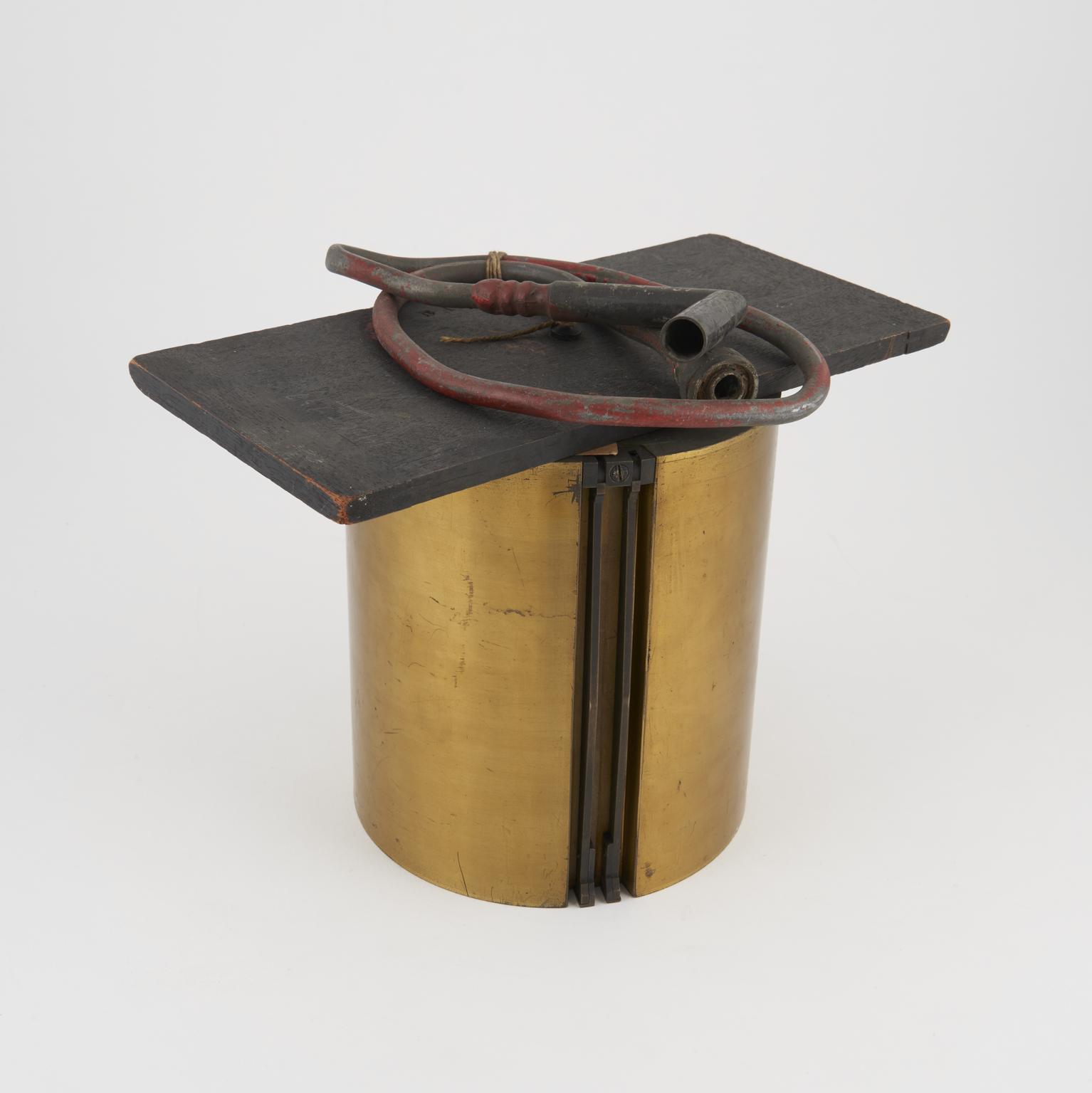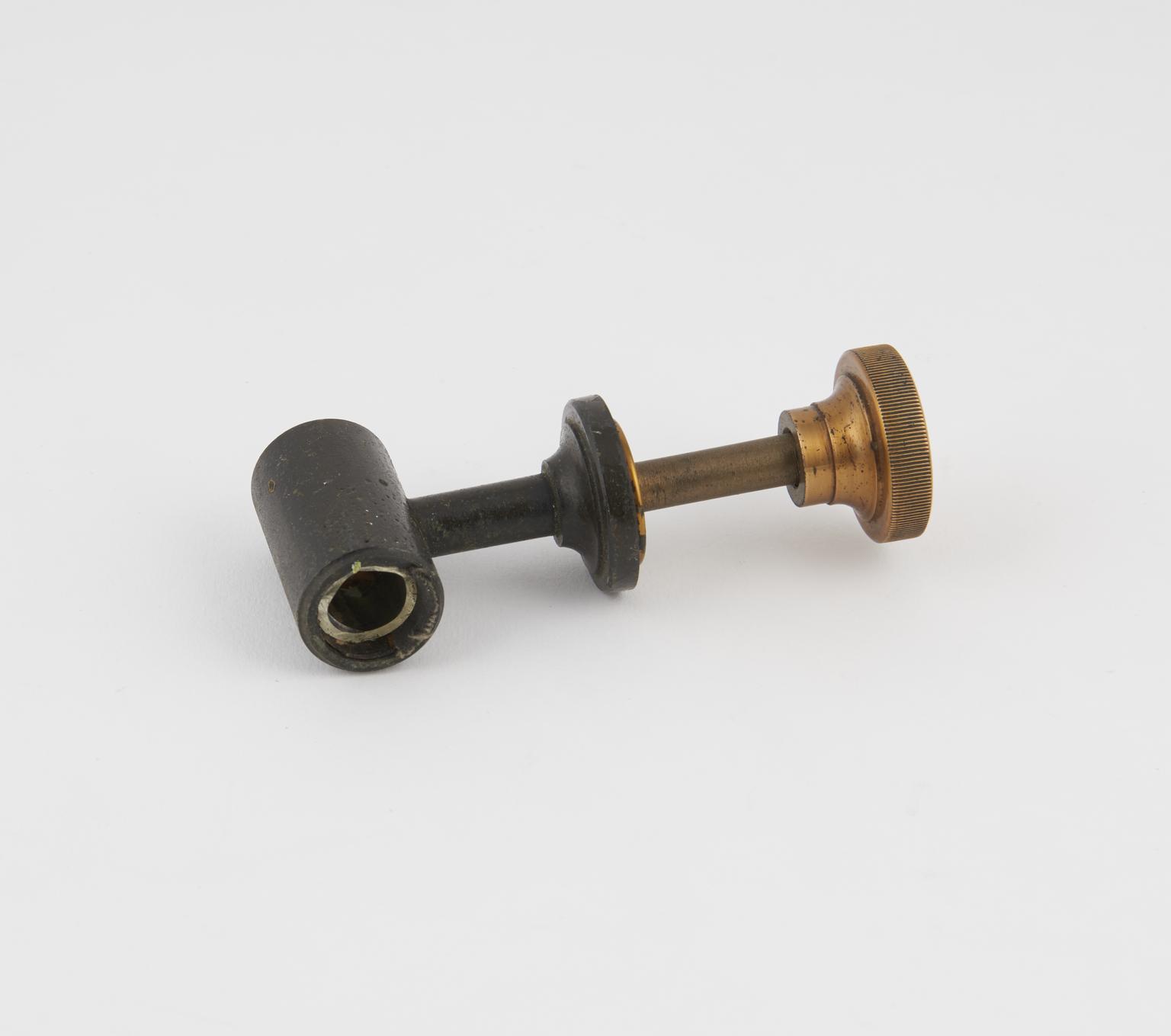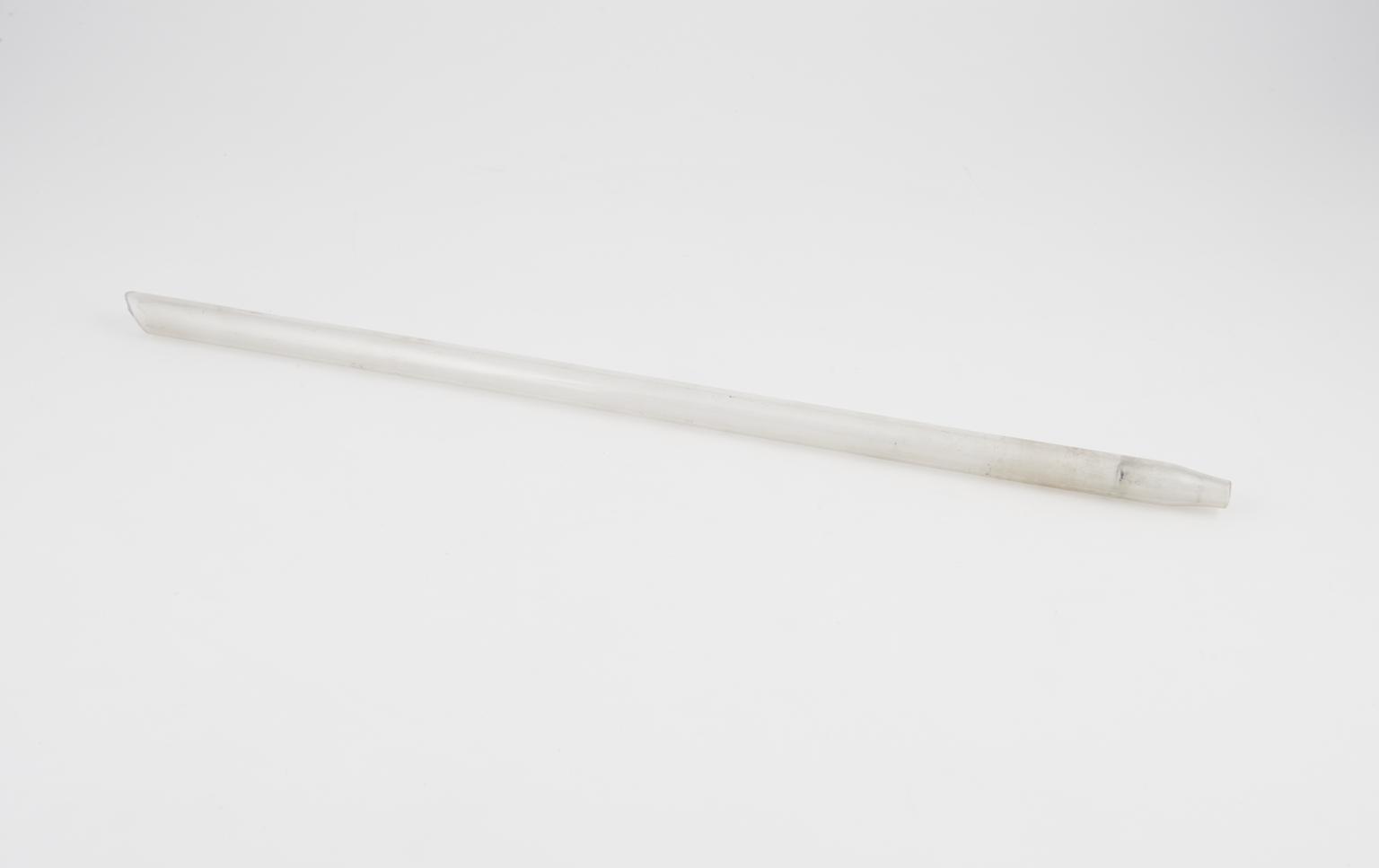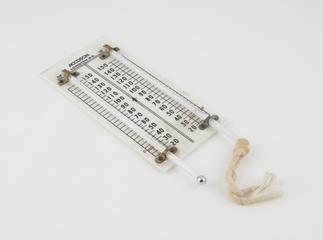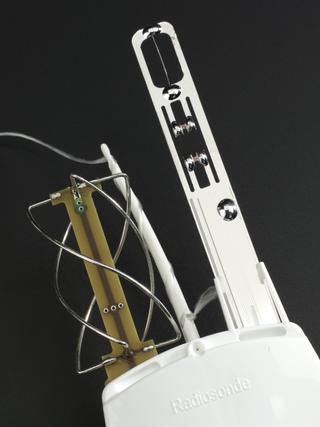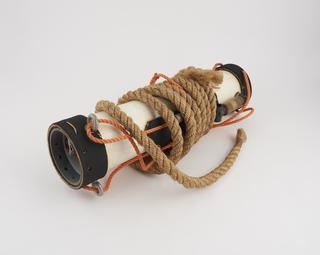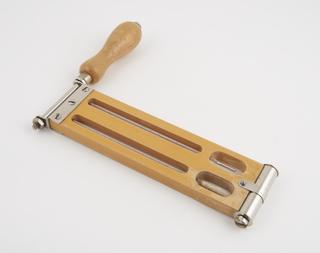Components from photobarograph used at Radcliffe Observatory, Oxford
Components of photobarograph commissioned by the Meteorological Committee of the Royal Society, some design specifications attributed to Francis Ronalds, made in England, UK, 1867. Installed and operated at Radcliffe Observatory, Oxford.
More
The photobarograph was an instrument designed for meteorological observatories that enabled a continuous photographic record of air pressure to be taken.
A gas lamp provided a light source, and a system of lenses projected an image of the mercury surface of a cistern barometer onto the photographically sensitive paper around the recording drum. The drum was driven by clockwork, rotating once every 48 hours. A vertical shutter operated by the clock blocked the light for 4 minutes every two hours, leaving a time mark on the paper to aid the accurate reading of the records.
Since atmospheric temperature affected the height of the mercury column, the instrument also had a system that provided automatic temperature correction. Two zinc rods, one either side of the barometer, were fixed at their lower ends; when they expanded as the temperature rose they tilted a horizontal glass rod that set the base line traced onto the photographic paper.
- Materials:
- glass , brass , rubber and metal (unidentified)
- Object Number:
- 1926-937 Pt1
- type:
- components
